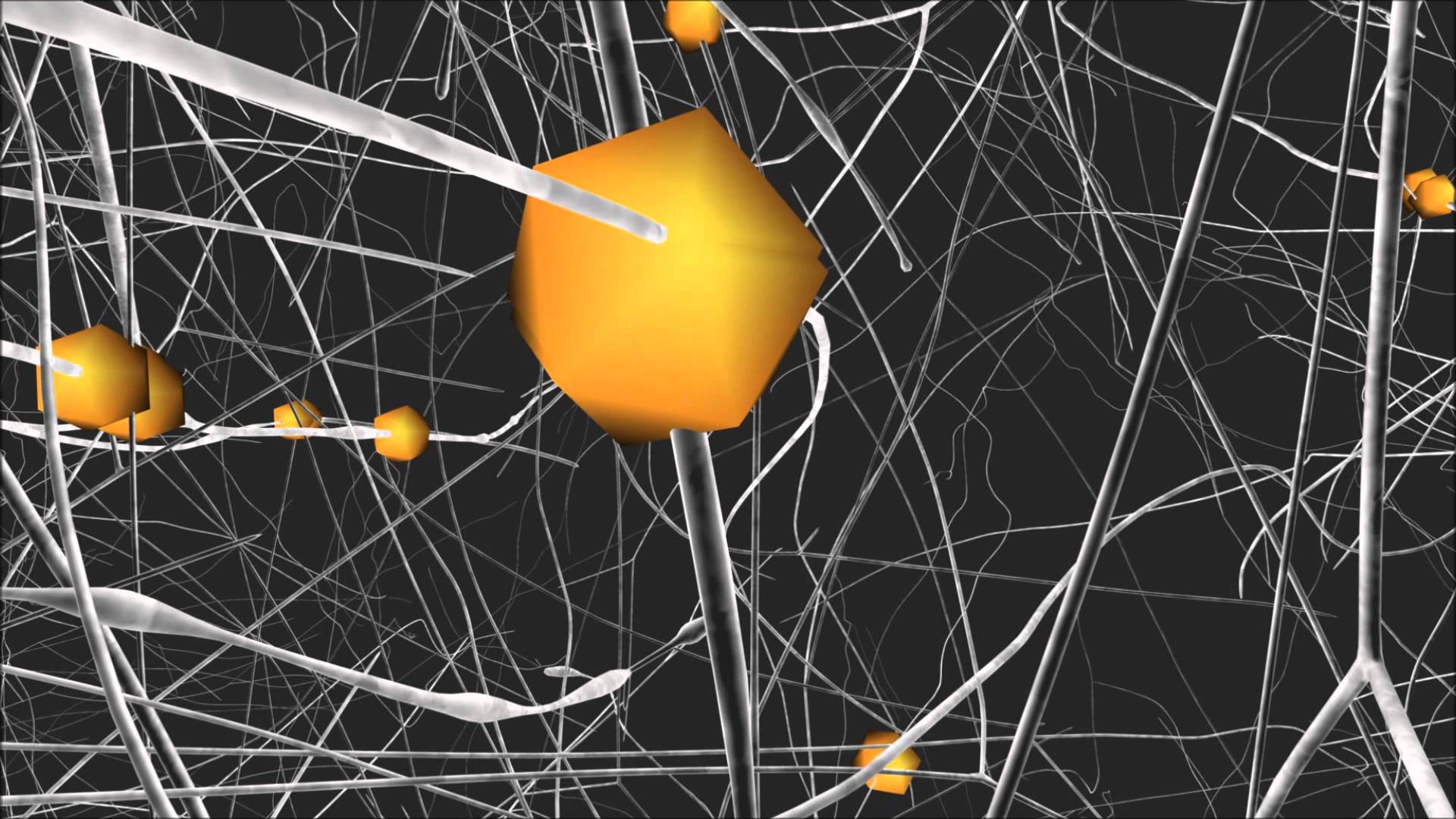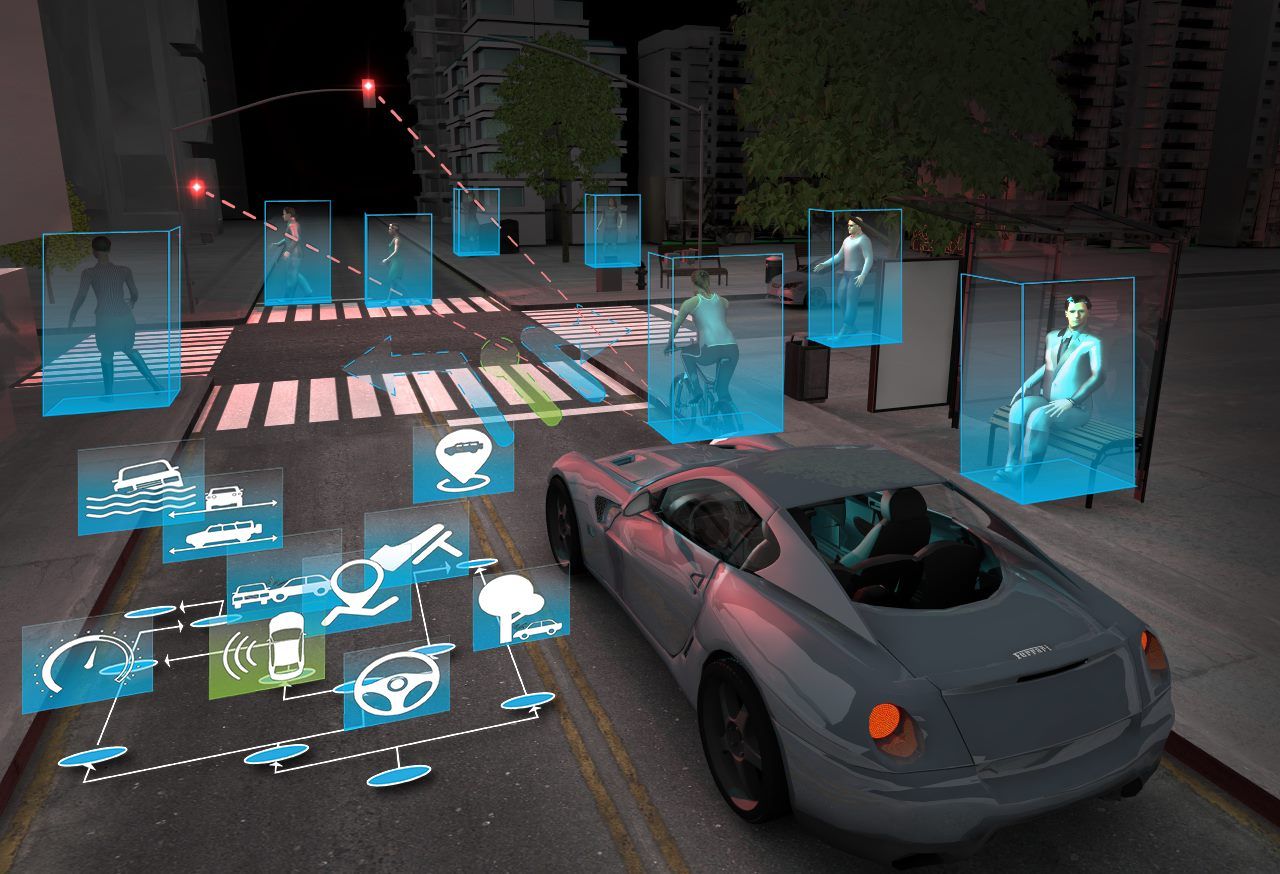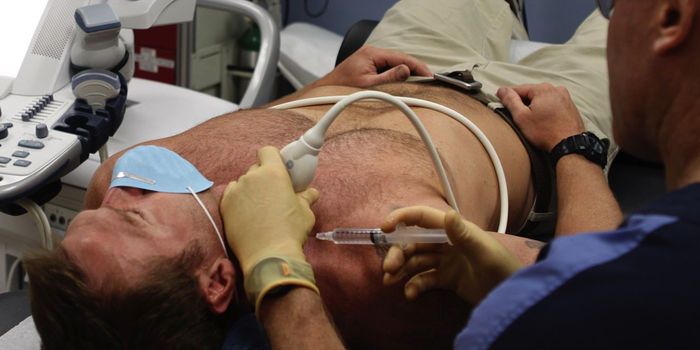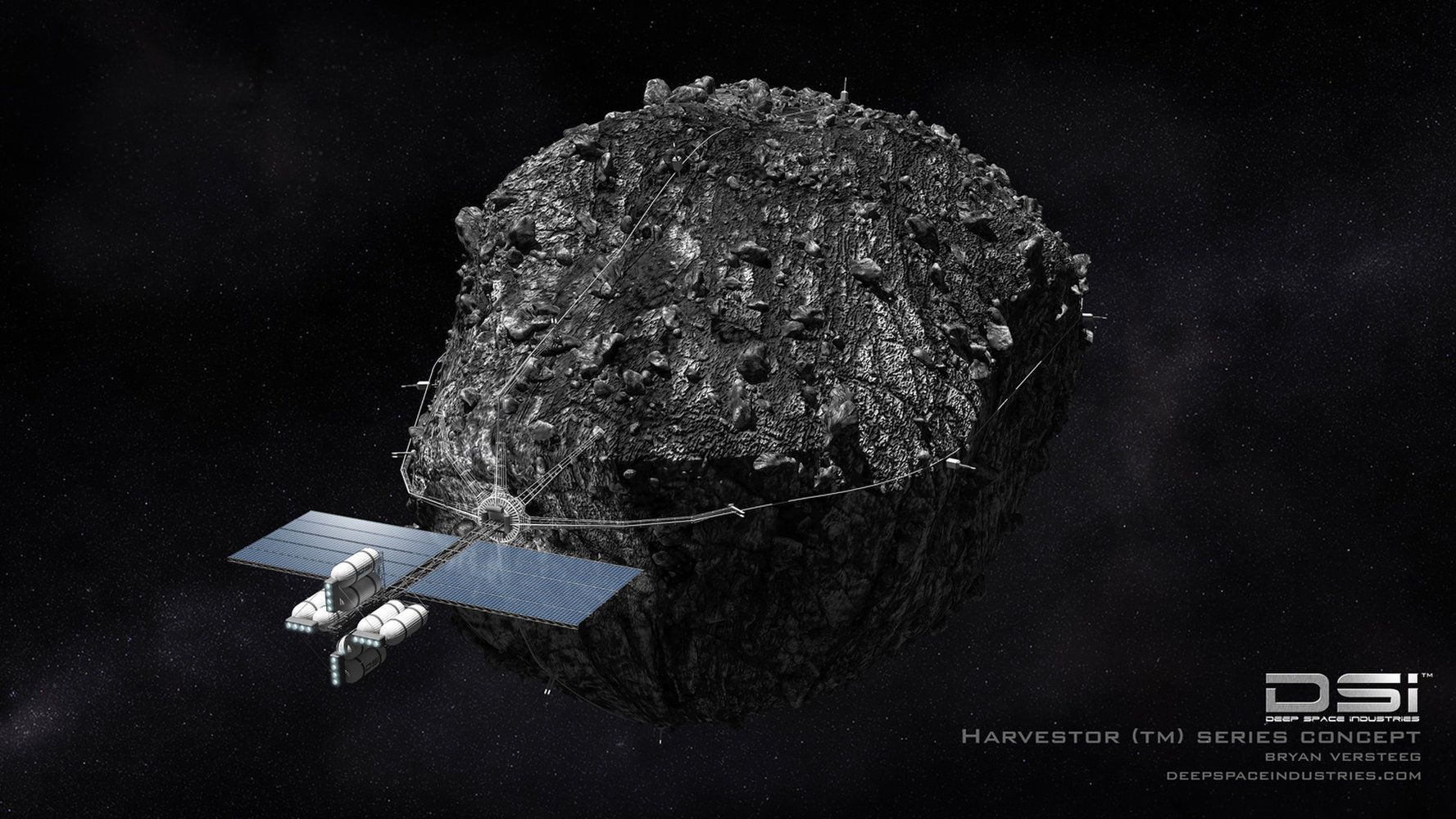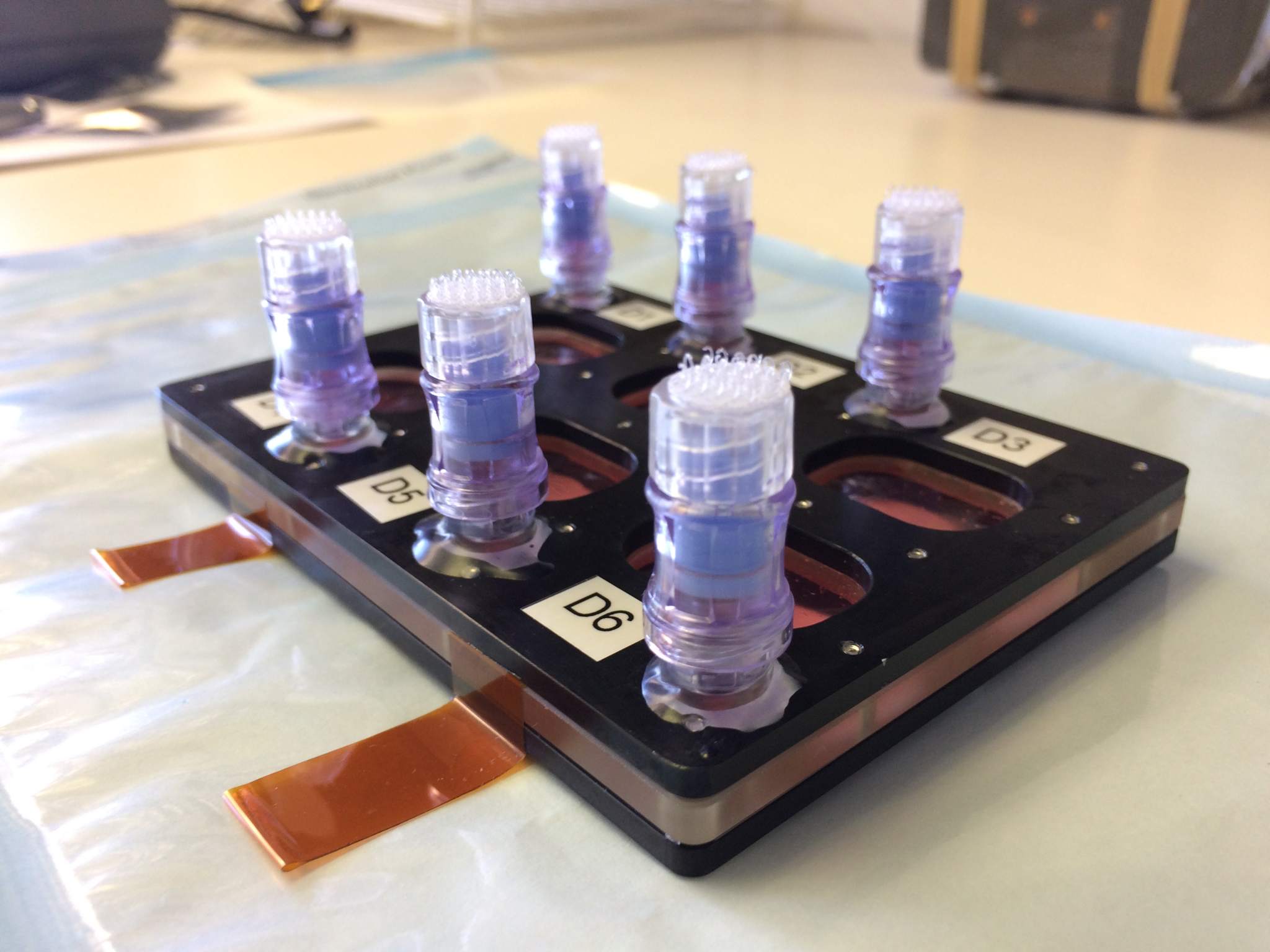New research suggests that the human brain is almost beyond comprehension because it doesn’t process the world in two dimensions or even three. No, the human brain understands the visual world in up to 11 different dimensions.
The astonishing discovery helps explain why even cutting-edge technologies like functional MRIs have such a hard time explaining what is going on inside our noggins. In a functional MRI, brain activity is monitored and represented as a three-dimensional image that changes over time. However, if the brain is actually working in 11 dimensions, looking at a 3D functional MRI and saying that it explains brain activity would be like looking at the shadow of a head of a pin and saying that it explains the entire universe, plus a multitude of other dimensions.
The team of scientists led by a group from Scientists at the École Polytechnique Fédérale de Lausanne in Switzerland detected the previously unknown complexities of the brain while working on the Blue Brain Project. The project’s goal is to create a biologically accurate recreation of the human brain.
